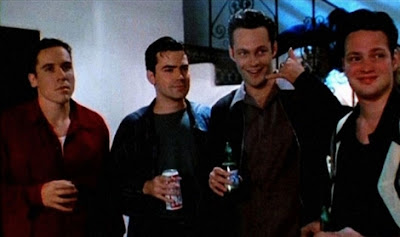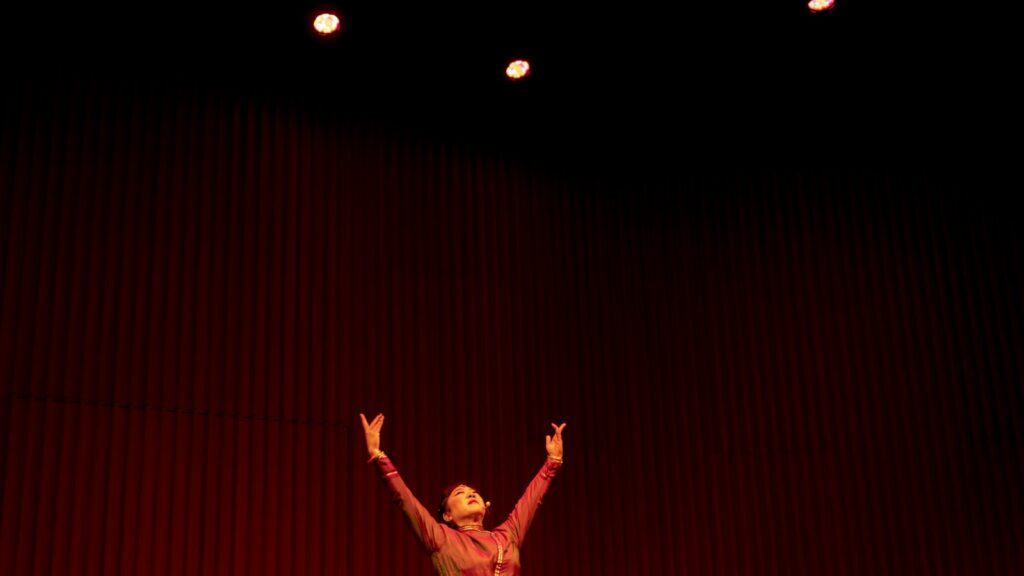
The world of entertainment often serves as a vibrant tapestry of human experience, woven with compelling narratives and unforgettable performances. Actors, as the heart of this world, pour their essence into bringing characters to life, captivating audiences and leaving an indelible mark on cinematic history. Yet, for some truly remarkable talents, their final bows come not on a stage bathed in applause, but in the quiet, unexpected moments of life’s unpredictable journey.
It’s a bittersweet reality when a beloved performer passes away before their last projects can be unveiled to the public, or even fully completed. These instances leave fans and colleagues alike grappling with a profound sense of loss, while simultaneously cherishing the final glimpses of their brilliance on screen. These roles become more than just performances; they evolve into poignant memorials, testaments to dedication, and a powerful reminder of the fragile nature of life and art.
In this in-depth exploration, we delve into the stories of iconic actors who tragically departed before their final works reached audiences. We will examine how their last roles, whether critically lauded or imbued with personal significance, continued to shape their legacies and touch the hearts of millions. Join us as we remember these extraordinary talents and the enduring power of their final cinematic gifts.
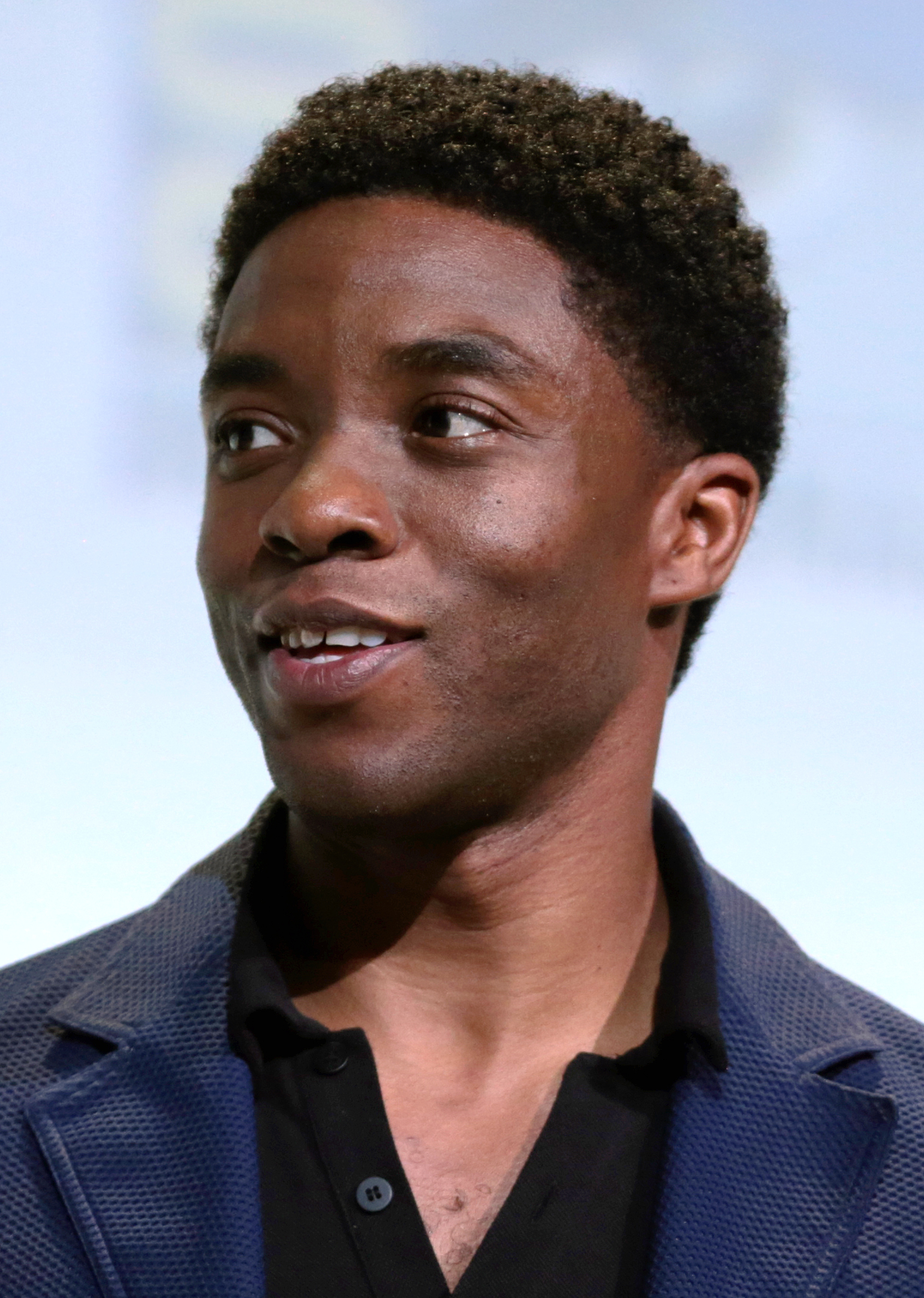
1. **Chadwick Boseman: The Fire of Levee in “Ma Rainey’s Black Bottom”**Chadwick Boseman was an actor who consistently set the industry alight, renowned for his heroic turn as Black Panther and impactful portrayals of historical figures like Jackie Robinson and James Brown. His unparalleled intensity and authenticity captivated audiences, a testament to his dedication. His impact across the entertainment landscape was undeniable.
What makes his journey even more profoundly impressive is the secret battle he waged against bowel cancer, diagnosed in 2016. For four years, Boseman delivered powerful performances while undergoing treatment, a testament to his immense strength and commitment. The disease, however, tragically caught up to him in 2020, and the world mourned the loss of a truly exceptional talent.
Just months after his passing, Boseman’s final live-action film, “Ma Rainey’s Black Bottom,” was released to universal acclaim. His portrayal of Levee, a fiery, ambitious trumpeter, burned with undeniable rage and heartbreak, showcasing resonant depth and vulnerability. This powerful performance earned him posthumous Oscar and BAFTA nominations, alongside a Golden Globe win, cementing it as one of 2020’s most searing farewells.
Beyond live-action, Boseman’s final vocal performance came as T’Challa in Marvel’s animated series “What If…?”, airing in 2021. This role also garnered him a deserved Primetime Emmy, further highlighting the breadth of his talent across different mediums. “Ma Rainey’s Black Bottom” particularly showcased the brilliance he left behind, offering a poignant and unforgettable final act from an actor gone far too soon.

2. **Paul Walker: The Last Ride in “Furious 7″**Paul Walker’s sudden and tragic death in 2013 sent shockwaves across the globe, especially among fans of the “Fast & Furious” franchise. His portrayal of Brian O’Conner, the earnest, speed-loving former cop, was central to the series’ heart and its enduring appeal. The news halted production on “Furious 7,” leaving the cast, crew, and millions of fans in disbelief.
The decision to continue filming without Walker, gracefully retiring his character, was a delicate balancing act. Production utilized existing footage, CGI, and the invaluable assistance of Walker’s brothers, Caleb and Cody. His face was then painstakingly superimposed over their bodies, creating a seamless and deeply moving tribute. This meticulous effort allowed the film to move forward.
Released in 2015, “Furious 7” transcended its genre to become a tribute wrapped in action, a cinematic farewell imbued with profound emotional weight. The final driving scene, featuring Dominic Toretto happily seeing off Brian O’Conner, wasn’t just Dom bidding farewell to Brian; it was Vin Diesel and the entire world saying goodbye to Paul Walker. This moment became pure cinematic emotion, an iconic and heartbreaking conclusion.
Walker’s presence undeniably held the franchise’s heart together, leaving an irreplaceable void. Despite the circumstances, “Furious 7” stands as a powerful testament to his legacy, celebrating his enduring spirit and the beloved character he brought to life. His final performance, rich with genuine emotion, ensured his memory would continue to race on with the franchise he helped build.
Read more about: The Unforgettable Echoes: 14 Stars Who Left Us Too Soon, Their Final Social Media Posts Haunt Us Still
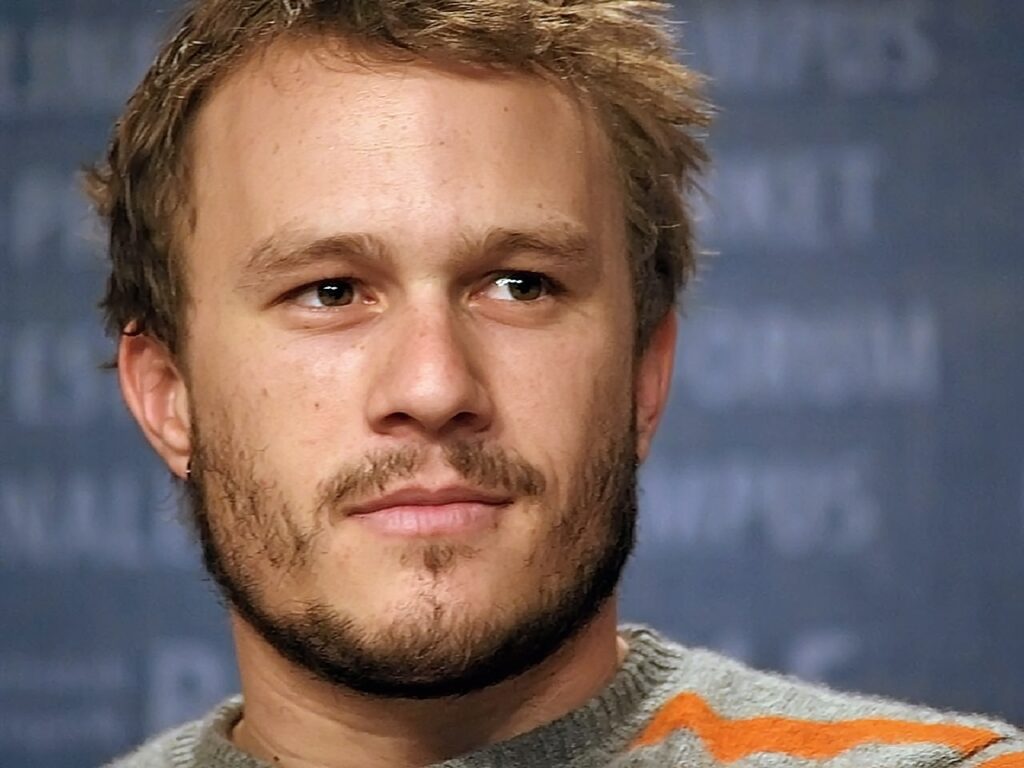
3. **Heath Ledger: The Haunting Genius of “The Imaginarium of Doctor Parnassus”**Heath Ledger, a talent who burned brightly and faded too soon, left an indelible mark on cinema with his intense and transformative performances. While his iconic portrayal of the Joker remains a defining moment, his final work on screen was in “The Imaginarium of Doctor Parnassus,” a film uniquely marked by his passing during its production.
According to his former partner, Michelle Williams, Ledger frequently grappled with insomnia, a struggle particularly pronounced while filming “The Imaginarium of Doctor Parnassus.” He confided in co-star Christopher Plummer about his severe lack of sleep. To combat this, Ledger unfortunately began misusing pills, a decision that would ultimately lead to a tragic outcome.
In the afternoon of January 22, 2008, Ledger was found dead in his SoHo apartment. Toxicological analysis revealed multiple drugs, his death officially ruled an accidental overdose of prescription medication. His untimely departure left “The Imaginarium of Doctor Parnassus” incomplete, necessitating a creative solution to honor his performance.
In an extraordinary display of collaboration and respect, three of Ledger’s friends and fellow actors—Johnny Depp, Colin Farrell, and Jude Law—were brought in to replace his character. They ingeniously portrayed alternate versions of his character as he journeyed through magical realms, allowing the film to be completed and released in 2009. This collective effort ensured Ledger’s final, complex work could be seen, a powerful testament to his lasting influence.
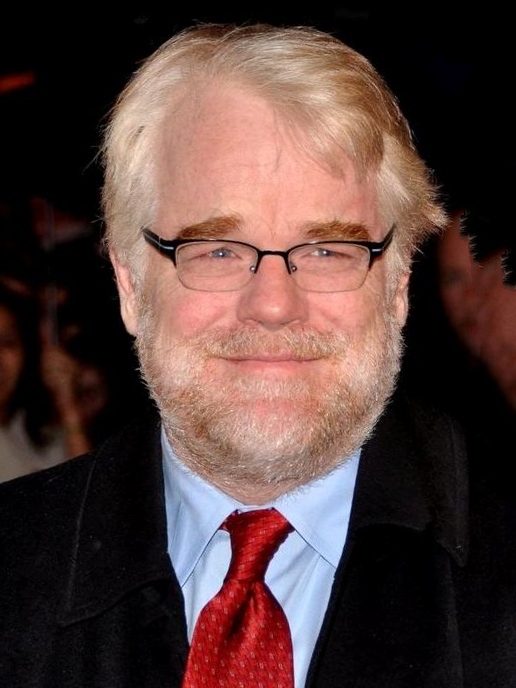
4. **Philip Seymour Hoffman: The Gravitas of Plutarch Heavensbee in “The Hunger Games: Mockingjay Part 2″**
Hoffman had a documented history with substance use disorder, entering rehab at 22 and maintaining sobriety for much of his adult life. He tragically relapsed in 2013, a struggle that led to his untimely death. On February 2, 2014, he was found dead with multiple substances in his system, his death ruled acute mixed drug intoxication.
At the time of his death, Hoffman was nearly finished filming his role as Plutarch Heavensbee in “The Hunger Games: Mockingjay Part 2.” His presence in the popular dystopian saga brought particular weight and intelligence to the character. His passing necessitated last-minute script rewrites and creative adjustments to accommodate his sudden absence, a difficult task for the production team.
The 2015 release of “Mockingjay Part 2” didn’t just conclude a blockbuster saga; it marked the ultimate act of an actor known for his profound contributions. Hoffman shone with characteristic gravitas, delivering a compelling performance that, despite the tragic circumstances, honored his legacy. It served as a final reminder of his immense talent and the depth he brought to every character.

5. **James Dean: The Brooding Intensity of Jett Rink in “Giant”**James Dean, though his career was tragically short-lived, remains one of Hollywood’s most enduring legends, a symbol of youthful rebellion and intense dramatic potential. His untimely death cemented his status as an icon, uniquely holding two posthumous Oscar nominations for acting, for “East of Eden” and Jett Rink in “Giant.”
Dean’s life came to a shocking end on September 30, 1955, when his Porsche collided with a Ford in California. He was rushed to a nearby hospital but was tragically declared dead on arrival. The news sent shockwaves through the entertainment world, reeling from the loss of such a vibrant talent at just 24 years old.
At the time of his death, Dean had not quite finished his work on “Giant.” The epic Western, featuring him alongside Rock Hudson and Elizabeth Taylor, still required his presence for dubbing in post-production. This presented a significant challenge for filmmakers determined to complete the film and honor Dean’s powerful performance.
In a touching gesture, his best friend, Nick Adams, provided the necessary voice work, completing Dean’s role. When “Giant” premiered in 1956, it was only his third film, yet his brooding, layered performance as Jett Rink was seismic. The film, and his posthumous Oscar nomination, immortalized his rebel legend, showcasing immense dramatic potential.
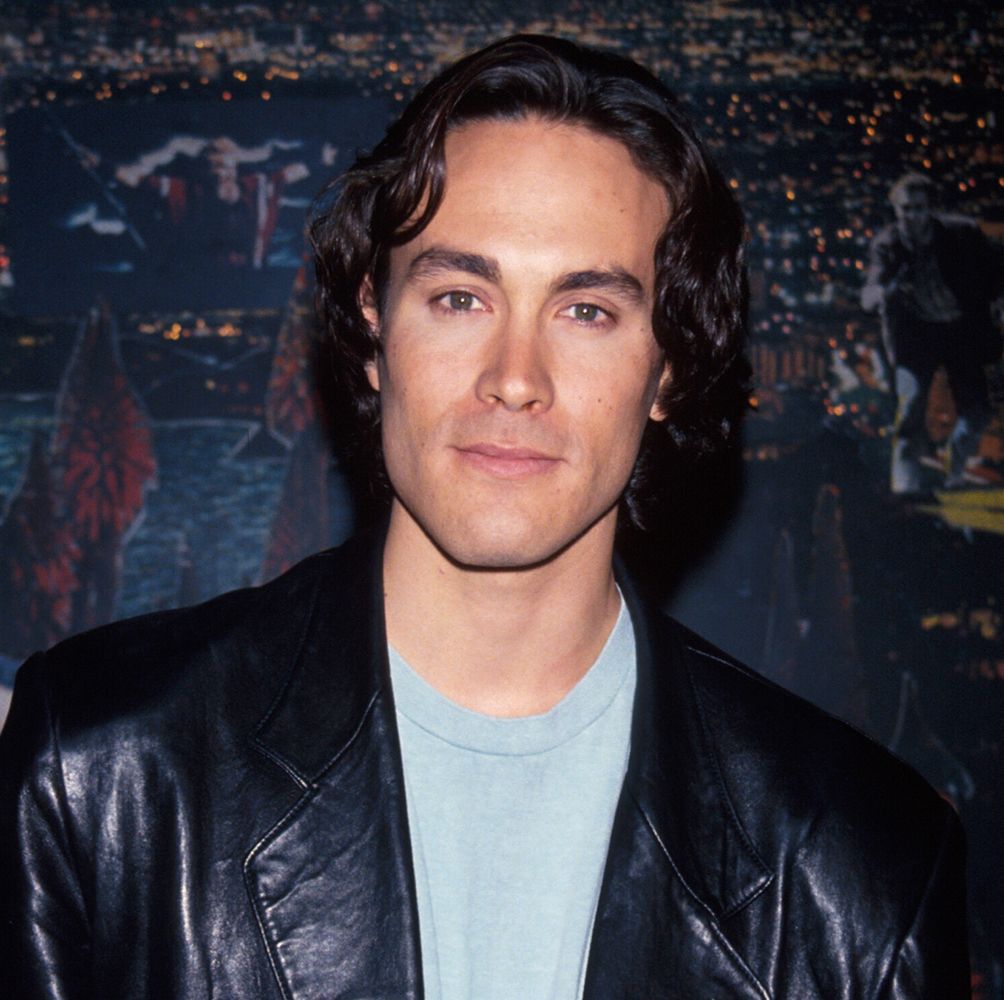
6. **Brandon Lee: The Haunting Vigilante of “The Crow”**The Lee family’s story is steeped in martial arts legend and profound tragedy. Brandon Lee was only eight when his legendary father, Bruce Lee, passed away. Tragically, Brandon himself died at 28, having followed his father into the film industry, a path that brought both acclaim and ultimate sorrow.
Lee had landed the titular role in Alex Proyas’s dark fantasy thriller, “The Crow,” a film poised to be his breakout performance. He poured his all into the character of Eric Draven, a murdered rock musician resurrected to avenge his and his fiancée’s deaths. The film’s gothic aesthetic and intense narrative were perfectly suited to Lee’s edgy charisma.
However, while filming a violent scene on March 31, 1993, a devastating accident occurred. Lee was shot in the abdomen with a dummy bullet tragically lodged in the prop gun, an unforeseen and horrific mishap. He was rushed to a nearby hospital, undergoing six hours of emergency surgery, but despite the efforts, he died.
Released in 1994, “The Crow” quickly gained cult status, becoming both a testament to Lee’s talent and a chilling cinematic memorial. His haunting performance as the unbreakable vigilante, imbued with a powerful sense of loss and vengeance, became an iconic role. The film stood as a poignant reminder of the brilliant career tragically cut short, forever cementing Brandon Lee’s place in film history.
Read more about: Beyond the Headlines: 9 Shocking Truths Revealed After Celebrities’ Murdered Demises

7. **Carrie Fisher: The Enduring Spirit of Leia Organa in “Star Wars: The Rise of Skywalker”**Carrie Fisher, an actor with a storied career, was much more than just Princess Leia Organa; she was also a respected script doctor. Her wit, intelligence, and undeniable charm made her a beloved figure in Hollywood, and her return to the “Star Wars” franchise in 2015 with “The Force Awakens” was met with immense excitement.
Tragically, in 2016, a year before “Star Wars: The Last Jedi” was released, Fisher suffered a heart attack on a flight from the UK. Despite being rushed to the hospital, she unfortunately passed away. The sadness was compounded by the death of her legendary mother, Debbie Reynolds, who died the very next day, leaving fans and the industry in collective mourning.
Fisher’s death presented a unique challenge for the concluding chapter of the saga, “The Rise of Skywalker.” To honor her legacy and provide an emotional conclusion for Leia Organa, filmmakers employed unused footage from earlier films. This was a delicate balancing act, requiring immense care and respect to weave her scenes into the new narrative.
Released in 2019, “The Rise of Skywalker” brought Princess Leia back, anchoring the saga’s emotional conclusion with a quiet, powerful presence. Though physically absent, Fisher’s spirit and performance, crafted from archival material, paid profound tribute to her enduring character and herself. It was a fitting, bittersweet end for a beloved icon and her most famous role.
The world of cinema often calls upon incredible ingenuity and deep dedication, especially when unforeseen tragedies strike. The loss of an actor during or immediately after a production can leave filmmakers, cast, and crew grappling with profound grief and immense creative challenges. How do you honor a performance, preserve a vision, and complete a story when its very heart is no longer present?
This second section dives into the intricate processes and heartfelt efforts involved in bringing to the screen the final works of seven more beloved actors whose journeys were tragically cut short. From films initially abandoned to roles requiring innovative stand-ins, CGI, or complete recasting, these stories illuminate the unique hurdles productions faced. They showcase remarkable lengths taken to ensure these talents received their final, poignant bow, standing as testaments to collaboration, resilience, and the enduring power of cinematic storytelling.

8. **Marilyn Monroe: The Unfinished Glamour of “Something’s Got to Give”**Marilyn Monroe, the quintessential blonde bombshell, captivated the world with her unique blend of vulnerability and charm. By the early 1960s, her life had become a tumultuous spiral, marked by intense public scrutiny and professional difficulties. Her final, unfinished film, “Something’s Got to Give,” became a poignant symbol of her troubled later years.
Production on “Something’s Got to Give” was plagued by Monroe’s frequent absences, attributed to health issues and personal struggles. This unreliability led to significant tensions on set, culminating in her being fired from the film in June 1962. It was a dramatic turn of events for one of Hollywood’s biggest stars.
Despite the firing, co-star Dean Martin reportedly advocated for her return, and Monroe was eventually rehired. Filming was scheduled to resume in October. Tragically, she would never make it back to the set. In August 1962, Marilyn Monroe died of an overdose, a loss that sent shockwaves across the globe, cementing her status as an enduring, yet tragic, icon.
With its lead star gone, “Something’s Got to Give” was subsequently abandoned. Although some footage exists, offering glimpses of her final work, the film itself remains an unreleased artifact. It stands as a powerful reminder of a career cut tragically short and the delicate balance between stardom’s demands and life’s fragility.
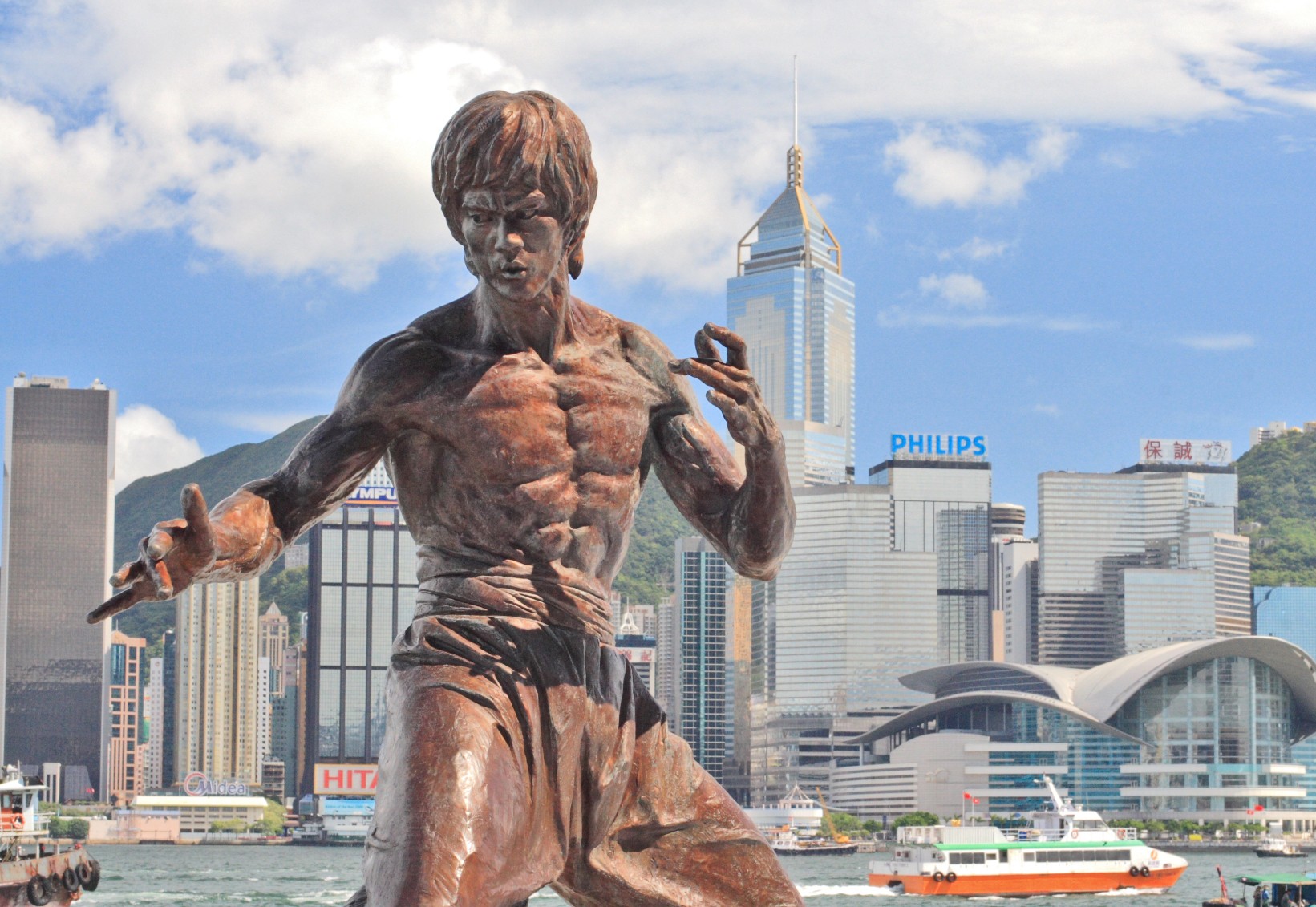
9. **Bruce Lee: The Pieced-Together Legacy of “Game of Death”**Bruce Lee wasn’t just a martial artist; he was a global phenomenon, a philosopher, and a cinematic revolutionary. His films shattered stereotypes and inspired millions. His sudden death in July 1973, at the age of 32, was an immense and unexpected loss.
At the time of his passing, Lee was actively working on his passion project, “Game of Death.” This film was envisioned as a vehicle for his philosophy of martial arts. He had already filmed a significant portion, including iconic fight sequences, but the narrative remained incomplete.
Completing “Game of Death” without its star was an immense challenge. Five years after Lee’s death, the film was released, but not without significant creative compromises. Filmmakers used body doubles, often crudely attempting to mimic Lee’s movements. They even incorporated archival footage and, in some infamous scenes, a cardboard cutout of Lee’s face or masked stand-ins.
While “Game of Death” ultimately served as a posthumous release, it stands as a bittersweet example of a visionary artist’s unfinished work. Despite its flaws, the film contains moments of Lee’s undeniable brilliance, reminding audiences of his immense talent. Even an incomplete work still draws immense interest.
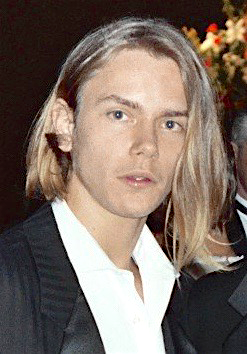
10. **River Phoenix: The Haunting Unrelease and Later Resurrection of “Dark Blood”**River Phoenix was a rising star of profound talent and charisma, known for his intense performances and deep commitment to his craft. His sudden death at 23 in October 1993, due to an overdose, was a devastating blow to Hollywood, ending a career that promised boundless potential.
At the time of his passing, Phoenix was in Utah, deeply engrossed in filming “Dark Blood,” a psychological thriller. He played a young widower living in an isolated desert. The production was well underway, but crucial scenes were still unfilmed. His sudden absence brought the entire project to an abrupt halt.
With the lead actor gone, and significant portions of the story incomplete, filmmakers faced an impossible dilemma. The movie was ultimately scrapped, deemed unfinishable without Phoenix. For years, the footage remained locked away, a somber reminder of a promising film and a lost talent.
However, nearly two decades later, in 2012, director George Sluizer, who had initially directed the film, decided to re-edit the existing footage. He added his own narration to bridge the gaps where Phoenix’s scenes were missing. This courageous effort allowed “Dark Blood” to finally see the light of day, offering a glimpse into the depth Phoenix brought to every character.
.jpg/440px-Oliver_Reed_1968_(cropped).jpg)
11. **Oliver Reed: CGI and Body Doubles in “Gladiator”**Oliver Reed was a formidable British actor known for his intense on-screen presence and commanding performances. His career spanned decades, marked by memorable roles. His final, powerful performance came as Antonius Proximo in Ridley Scott’s epic “Gladiator,” a role that would garner him posthumous acclaim.
During the production of “Gladiator” in Malta in May 1999, Reed tragically suffered a heart attack and passed away. His death occurred before all of his scenes were completed, leaving a significant void in a pivotal role for the film’s narrative. This presented a massive challenge for the production team.
Rather than recast the role entirely, director Ridley Scott and the production team made the remarkable decision to complete Reed’s performance using innovative techniques. They utilized existing footage, employed a body double for distant shots, and painstakingly created a digital mask of Reed’s face using CGI. This was seamlessly integrated onto the double for close-ups and dialogue, a groundbreaking effort.
The finished film, released in 2000, was a critical and commercial triumph. Reed’s performance as Proximo was universally praised, earning him a posthumous BAFTA nomination. His final scenes, a blend of actual acting and digital wizardry, were remarkably effective, allowing his character a complete and impactful arc. “Gladiator” stands as a powerful example of how technology and artistic respect can preserve an actor’s unforgettable performance.
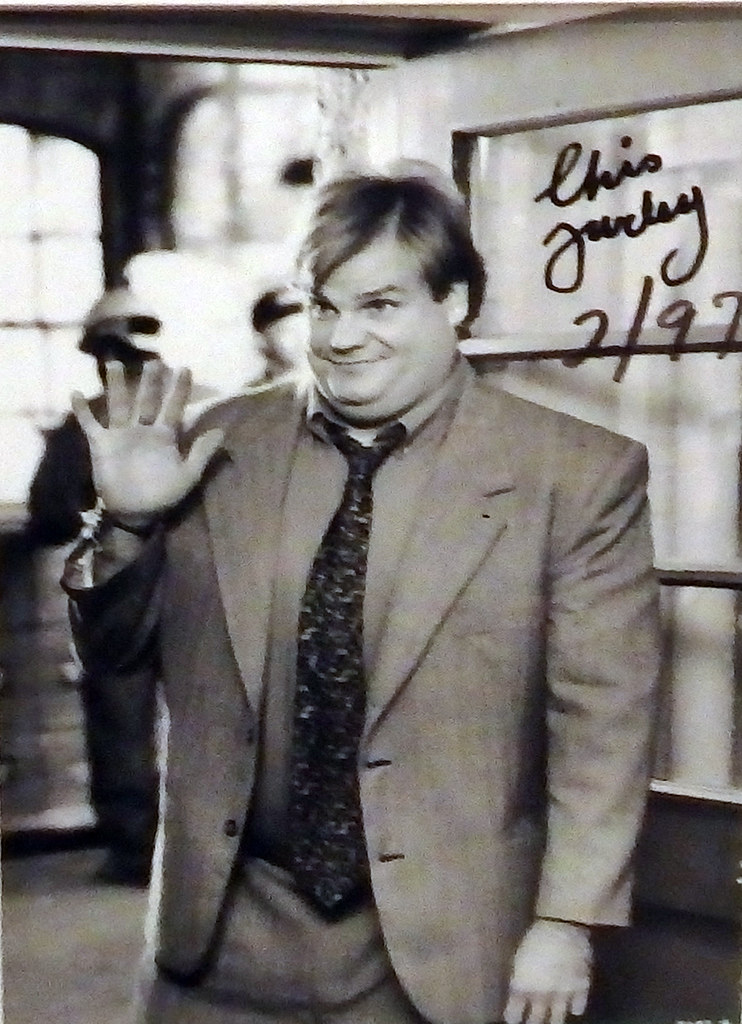
12. **Chris Farley: The Voice Reimagined in “Shrek”**Chris Farley was a comedic force of nature, known for his boundless energy, physical humor, and endearing vulnerability. A standout on “Saturday Night Live” and in films like “Tommy Boy,” Farley’s larger-than-life persona brought joy and laughter to millions. Tragically, his life was cut short by an overdose in December 1997, at the young age of 33.
At the time of his death, Farley was nearing completion of a groundbreaking voice role: the titular ogre in DreamWorks’ animated film “Shrek.” He had recorded a substantial amount of dialogue, reportedly bringing a nuanced, softer side to Shrek. His vision for Shrek was reportedly that of an awkward, gentle ogre insecure about his appearance.
Farley’s unexpected passing meant a new voice actor would be needed to complete the role. The decision was made to entirely re-evaluate the character’s direction. Mike Myers was eventually brought in as his replacement. Myers not only took over the voice but reportedly requested to re-record nearly the entire movie with a Scottish accent, which ultimately defined Shrek’s iconic persona.
While Farley’s original recordings for Shrek have never been publicly released in their entirety, the film’s immense success in 2001 underscores the profound impact of this behind-the-scenes recasting. It serves as a powerful reminder of the artistic shifts that can occur in animation following an actor’s death, highlighting the tragedy of a lost performance and the innovative spirit that allows stories to continue.
**An Enduring Legacy, A Continuing Narrative**
The stories of these fourteen extraordinary actors, whose final performances reached us after their curtain calls, offer more than just a glimpse into cinematic history. They provide a profound reflection on the enduring nature of art and the human spirit. Each journey, marked by dedication, unforeseen tragedy, and the tireless efforts of those left to complete their visions, underscores the fragility of life and the powerful, lasting impact an actor can have. From innovative technology to heartfelt script rewrites and courageous decisions, these films stand as poignant memorials, testaments to the collaborative heart of filmmaking, and vibrant echoes of talents gone too soon. They remind us that while the individual light may dim, the stories they helped tell, and the characters they brought to life, continue to shine brightly, forever woven into the rich tapestry of cinema.




